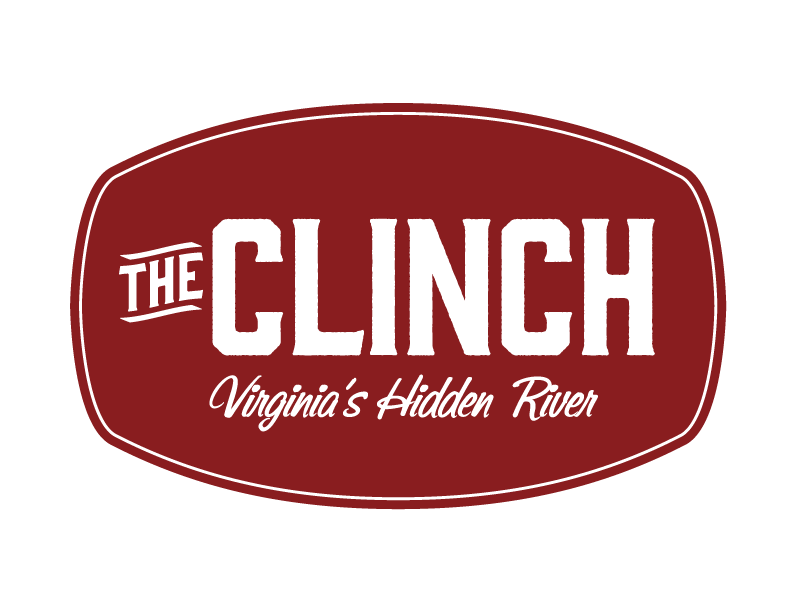

Watersheds in Focus: Big Cedar Creek
Big Cedar Creek is located in the Upper Clinch Watershed, forming one of the largest tributaries to the upper Clinch. This stream is about 9 miles long and runs through Russell County, and its watershed encompasses two settlements (Lebanon and Rockdell). Twenty-eight miles of other waters run upstream of Big Cedar Creek, including Elk Garden Creek, Little Cedar Creek, & Nicey Branch Creek. Along the way, these waters pass through some of the most biologically important areas in the entire Clinch watershed, particularly within the confines of the Pinnacle State Natural Area Preserve.
Why is Big Cedar Creek Impaired?
Big Cedar Creek is listed as an impaired stream under the U.S. Environmental Protection Agency's (EPA) 303(d) list. This simply means that the water has more pollutants in it than is allowed by federal water quality regulations. According to the EPA, a major source of pollution in Big Cedar Creek includes Escherichia coli (E. coli). E. coli are bacteria that live in warm-blooded animals' digestive tracts and predominantly come from human and animal feces. When this waste is washed into the river by rain, bacterial amounts build up to such a level that human health can become impacted.
While E. coli always reside in a healthy human intestinal tract, some strains of E. coli are pathogenic, meaning they can cause illness. Symptoms of illness from these and similar bacteria include severe stomach cramps, diarrhea, and vomiting. This clearly causes health concerns for both humans and environmental concerns for native wildlife.
What is being done to improve water quality in Big Cedar Creek?
A Total Maximum Daily Load (TMDL) report was conducted for bacteria in Big Cedar Creek. A TMDL report determines the amount of a pollutant that is impairing the body of water and declares a total maximum amount that the stream can hold and still meet water quality standards. States must submit a list of impaired waters every two years, and a TMDL report must be completed for all impaired waters. The EPA then uses these reports to determine if a body of water can be used safely by the public for recreation, drinking water, fishing, etc. Implementation plans can also be developed using a TMDL report. These plans include ways that citizens, government agencies, nonprofits, and the general public can help to repair the polluted body of water.
One general way to reduce the amount of bacteria in a contaminated stream is to reduce sewer leakage by a inspecting sanitary sewers and other human waste disposal systems, improving and maintaining systems when necessary. Since many pathogenic bacteria come from animal waste (human and pets alike), another way to reduce bacteria would be to have more strict ordinances that regulate pet waste. These efforts often involve educational campaigns to landowners and, in the case of pet waste, involve the installment of pet waste stations at public sites throughout the watershed.
